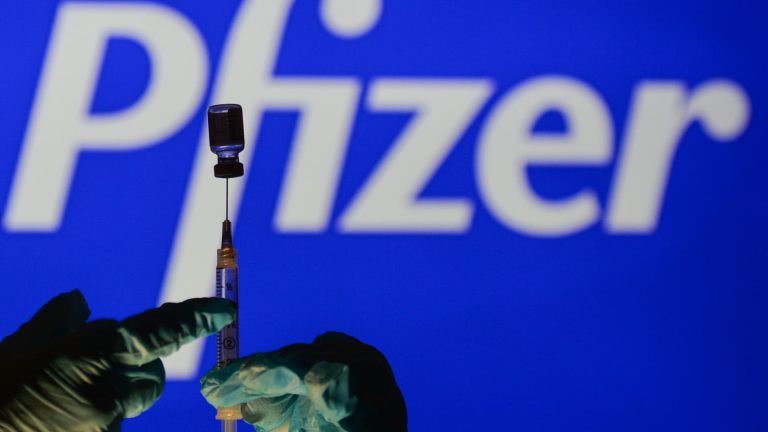The World Health Organization is monitoring a new strain of Covid-19 called EG.5, or “Eris,” that accounts for a growing share of cases in countries including China and the United States.
The WHO has designated it a “variant of interest,” meaning it will be monitored for mutations that could make it more severe.
Based on current evidence, the WHO says it presents a low public health risk at a global level, in-line with other variants currently in circulation.
“While EG.5 has shown increased prevalence, growth advantage, and immune escape properties, there have been no reported changes in disease severity to date,” the WHO said in a risk evaluation published Aug. 9.
It added that these properties may lead the variant to become dominant in some countries, or indeed globally.
Based on sequencing information submitted to the Global Initiative on Sharing All Influenza Data (GISAID) as of Aug. 7, the largest portion of EG.5 cases were identified in China, followed by the U.S., South Korea, Japan and Canada.
It was also identified in Australia, Singapore, the U.K., France, Portugal and Spain.
According to the Centers for Disease Control and Prevention, EG.5 is now the dominant strain in the U.S., accounting for 17.3% of cases as of the week ending Aug. 5.
It comes as Moderna, Pfizer and Novavax prepare to release new Covid vaccines this fall targeted at XBB variants, which descended from Omicron.
Novavax says its vaccine “induces functional immune responses to XBB subvariants including XBB.1.5, XBB.1.16 and XBB.2.3.”
EG.5 is a descendent strain of a variant which shares a spike amino acid profile with XBB.1.5.
“EG.5 is part of the XBB lineage and is more closely related to the XBB variants than it is to previous vaccine strains,” Justin Lessler, professor in the Department of Epidemiology at UNC Gillings School of Global Public Health, said via email.
“For this reason, the expectation is that the reformulated vaccines that will be available this fall will offer better protection to EG.5 than previous vaccines.”
New vaccines are expected to be available in the U.S. from late September, according to CDC Director Mandy Cohen, as responsibility for vaccine distribution shifts to the private sector.
Read the full article here









